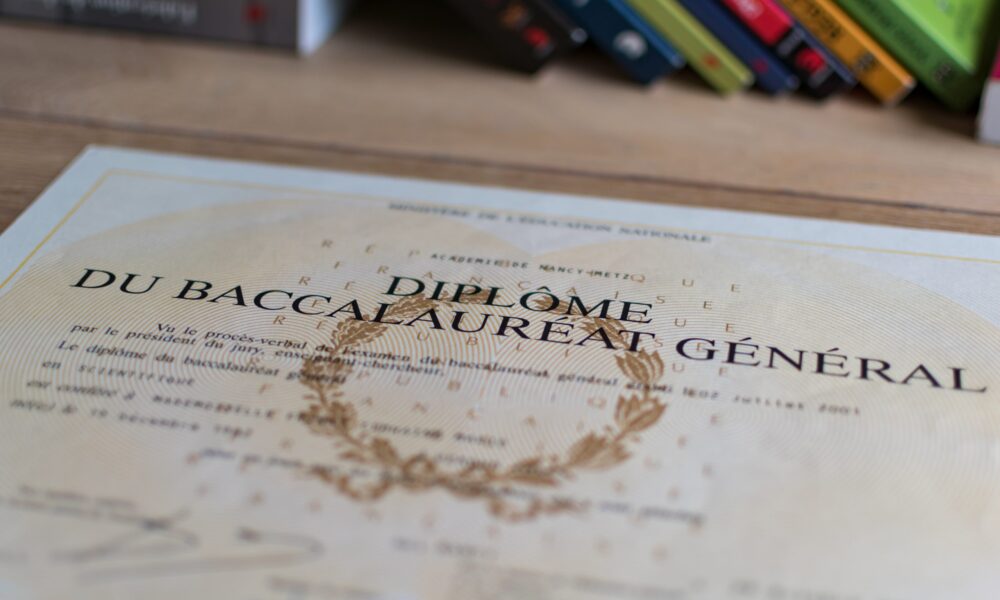« Applied Art » – the first cooperative of decorative art in Bucharest

The historical project that aimed at the systematic production of the Romanian applied arts is one that intersects with the numerous modernizations that characterize the turn of the 19-20 centuries and especially the interwar period.
The cultural artists and the intellectuals of the time supported the production of fabrics, furniture or « national » ceramics, their inspiration coming especially from folk art. In this regard, the Museum of Dr. Nicolae Minovici presents a collection of decorative reference art that reflects the results that artists and craftsmen have reached an attempt to create a representative style.
The professional organization of creators with double vocation, artistic and technical, was happening either independently, in the private workshops in the country – many of them gravitating around Bucharest – as well as in state factories. Their formation did not take place in the family, according to the old system found in specialized villages in certain crafts, but especially in the arts and trades in the country and abroad, as well as in a small number of private workshops. For example, the domain of the royal crown from Cocioc-Periș had organized at the beginning of the 20th century a pottery workshop that was to modernize the techniques and decoration of the traditional ceramics, as well as the growth of the local economy.
During the socialist regime, the project was accelerated, the artists being organized in cooperatives who worked under the umbrella of the Central Union of Craft Cooperatives (UCUCOM), constituted in 1951. The new management of the state was to attract crafts and artists in the cooperative movement « to dedicate to a social work ». Among their tasks were the increased production of quality objects at a minimum price, the contribution to the completion of the state industry, the creation of « artistic and practical goods, which spread in the country to fulfill and amplify the exchange from (three) village and city ». At the same time, the corporation had the obligation to « organize its political-cultural activity equal to the activity in production ». The purpose of the work in the Collective was obviously supposed to prohibit the employment in particular activity.
Today we present details regarding the establishment of the first cooperative of decorative art in Bucharest, kept within the National State Archives.
The « applied art » cooperative was officially established on December 6, 1950, being « the first decorative art cooperative in the craft cooperation ». It belonged to the Union provision of services within the UCOM. I had 41 founding members, by profession painters, dolls, architects, jewelers, binders, mechanics, gravars and decorators. These include, for example, the Lucasievici Steriadi (1900-1998), the second wife of the painter Jean Alexandru Steriadi (1880-1956)-who had previously been married to another decorative artist, Nora Steriadi (1889-1948). We also mention the names of painters Vasile Velisaratu, Petre Troteanu, Paul Verona.
The initial name of the cooperative wanted to be the « craftsman », but this was rejected by an official of the Union Organizational Bureau because the term « is not a Romanian word ». Vasile Velisaratu insisted on the fact that the « craftsman » corresponded « in everything the purposes proposed by the applied craft art », deriving « from the art word, a very well -terminated word in the Romanian vocabulary ». At the same time, adopting the name of « applied art », the painter said, « it would be created clear confusions with the titles of the various existing cooperatives: the art of confectioners, the art of clock, culinary, etc.-with completely foreign object. » (The report of the General Assembly for the establishment of the craft production cooperative applied from November 25, 1950).
The founders organized ambitious but confused cooperative in 5 sections: studies and design (1) and decorative art, painting, sculpture, engraving (2) of which Velisaratu was responsible. The second section aimed at creating « decorative panels, advertisements, windows, wall journals, illustrations, ideological paintings, decorative sculpture, pavements, architectural projects, expertise, restorations, engraving, ». Here the painters Constantin Bacalu, Eugen Ispir, Lucasievici Letiitii, Ion Bițan, Christmas Constantin, Paul Verona, Petre Troteanu, Cristea Guguianu (Painter Gurvor), Repețeanu Eliza, CC and Maria Constantinescu, Sculptorii Elena Serova Medrea (Cornel Medrea), Elva Micreoș, Grav Micoș) Micoș (decorator), Lucian Murnu (sculptor), architect Cristu Velisaratu and decorative painters Babic Cornelia and Cozachievizi Eliza.
The third section was dedicated to the production of tiles, artistic ceramics, lamps, « fantasies » and didactic material (3). The collaborators were the artists already mentioned. a. Section 4 was coordinated by the painter Nicola Alexandrescu, being dedicated to the creation of dolls, toys, braids and embroidery. Vasescu Gabriela, Rădulescu Alexandrina (dolls), Buzescu Ecaterina (dolls), Chirilă Olga, Cazimir Aristița, Vintilescu Dolly (doll), Perju Alexandrina, Țigănișteanu Alex, worked here. (tailor), Ozer Virginia Păpușar, Marcotzy S. (artistic embroidery), Butculescu Elena and. a. From the section of works in the technique of galvanoplasty, beaten iron, photo-assembly and binding of books (5) was responsible Eugen Ispir. Collaborate Lucasievici, Istrate Elena (Bijutier), Velisaratu C., Cardas (connector painter), Dracopole Panait (bonder), Butculescu, Reihhorn Isac (printing), Mosescu Octavian, Sachelarie (mechanic).
At the establishment, the Decorative Art Section and Papier Maché worked in the premises on Polizu Street no. 18. Starting with January 27, 1951, a new governing board reorganized the cooperation, creating a carpentry section (1), keeping the art sections applied to objects for current use (2) and photomontage (3). At the same time, the opening of a « own store of the sale of art products applied to the current use objects » was followed.
At the beginning of 1951, the cooperative sections were at the following addresses: the administrative offices and the Studies and Designs Section were in Popa Tatu Street no. 78, and the carpentry workshop operated at no. 55 on the same street. In Polizu street no. 18 was the headquarters of the Decorative Art Section and in the premises of Radovici street no. 10 were handicraft articles.
Since October 17, 1950, the merger with the cooperative « Popular Art » had taken place, which brought 31 new members, organized until then in « 5 sections of specialists » based in the workshop of the artist Chirovici, the former president of the organization. The union was determined by the shortcomings facing both cooperatives, especially « folk art », both in terms of the material, and the non -existence of a local according to the activity. These reasons were joined, moreover, « the lack of cohesion between the members » and the low request for art works. The report of the « folk art » cooperative for 1950 described an unfavorable situation for the production of applied arts, very little sought after.
In January 1951, 56 people, 24 men and 32 women worked in the cooperative « art » and 32 women, decorative art, papier Maché and carpentry. The staff was framed by the following social categories: tradesmen, former employees, craftsmen who worked alone, intellectuals (in number 52!) And « peasants ». The number of members increased by the end of the year (December 1951) to 150 people, 91 men and 59 women. 8 tradesmen, former employees, were active; 32 craftsmen who worked alone; 5 craftsmen who had over 5 employees and 105 intellectuals. The workshops were also more numerous: technical drawing, papier-maché, frames for companies, companies, photomontage, wood workers, carpentry workshop, mechanical carpentry, sculpture, binding.
The report of August 25, 1951 appeared an adverse image of the activity, the cooperation being faced with the lack of materials « due to the new specific ». Being the first cooperative of decorative art in the craft cooperation, the administration had encountered weights in relation to the payment of wages because there was « a criterion for the classification of artists and no formula or provision written in this regard ». The problem of the salary scheme of the artistic personnel remained unsolved in 1951, exceeding the competence of the Union, being « the hardest problem of the cooperative ».
At the same time, until the middle of the year were created 10 units with 12 workshops, concentrated in the decorative arts, photomontage, papier-maché, wood and carpentry works. In June 1951, a school of professional qualification was opened to the binding of books with 18 inscribed. The plan of plan of the cooperation for 1951 had been performed 2 months before the deadline (reaching the amount of 11 million lei in November) and the value of the machine increased.
The archive information regarding the activity of « applied art » stops at the end of 1952. We notice in the reports of the general meetings the dominance of the same lack of organization. The members did not benefit from optimal working conditions and weights were still encountered in purchasing the works. The activity of the workshops was now carried out in Bucharest.
The short glance on the beginnings of the « applied art » cooperative in Bucharest reflects the difficult history of the attempts to lay the foundations of collective working institutions that bring together specialists in the field of applied and decorative arts. Among the problems encountered by the organization were the deficiencies in the administrative organization, the lack of work materials and the orders, and, in particular, the accumulation of the logistics of the remuneration of the members.
Source: Anic, Ucecom-statutes, d. 537/1950-1952.
Article written by Mădălina Manolache, museographer/ Nicolae Minovici Museum, Urban Anthropology Section, MMB
In the picture: the food room of the Minovici villa.






